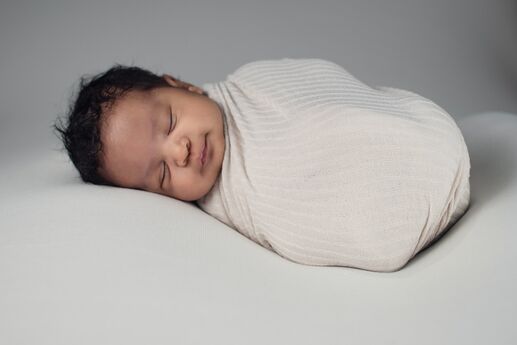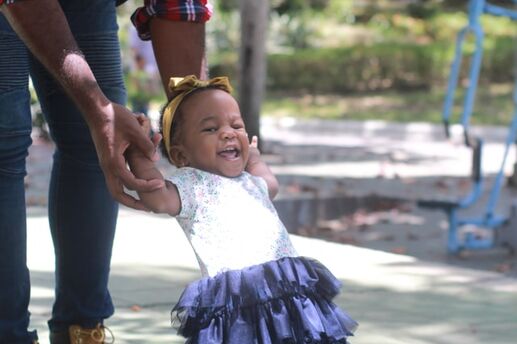A Working Dad’s Guide to Fatherhood
The birth of my daughter was one of the happiest days of my life . . . which meant that going back to work was extremely hard for me, as it is for many new dads. The office can take up a lot of the day (and night!), and it’s easy to feel down when you’re not able to hang out with your new baby. But a hardworking dad can definitely still enjoy fatherhood, especially if he plans his time well. Here is some advice I followed that could work for you too.
Hit the floor. No matter how old your child is, getting down to her level is an excellent way to play. Crawling on the floor with her when she's a baby, rolling around when she hits the toddler stage, and pig-piling with bigger kids is always a hit.
Sign up. Try Daddy-and-me swim lessons or channel your inner musician and find a baby music group. By taking a class, not only will you be teaching your child a skill or sport, but you’ll be spending a special time together each week.
Play chef. Every dad has a specialty up his sleeve, whether it’s flipping burgers, concocting a yummy pasta dish, or simply opening a can of soup -- with crackers. What you make doesn’t have to be fancy, but it does have to be your own. Host dinner once a week, serving your particular meal, even if your new baby is still on purées. She’ll enjoy watching you move around the kitchen and before you know it will be able to join in on the family meal fun.
Don’t sweat it. Tied up with a big presentation or stuck on a business trip? Either way, don’t stress if you’re away from your little one for longer than usual. In place of one-on-one play, consider reading a story to your child or singing a bedtime song over a webcam. She’ll love hearing your voice and seeing your face, even if you aren’t right next to her.
Remember, it’s the love and attention you give to your child -- not the number of hours you rack up together -- that counts on the scale of fatherhood. Whether you're cooking or cuddling, swimming or crawling on the floor, you're building a bond and being a great father.







